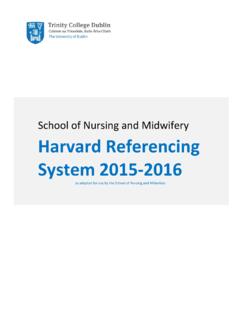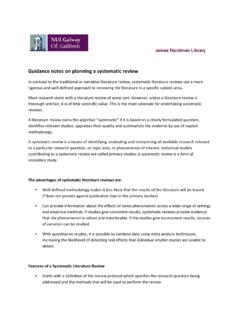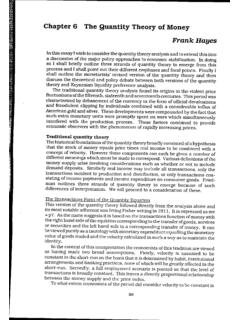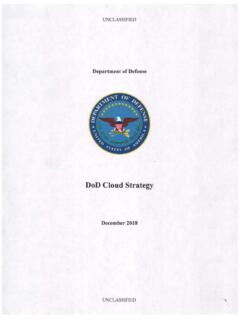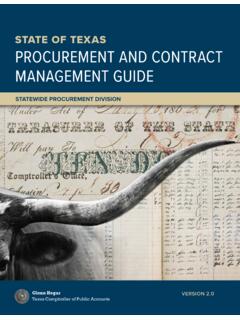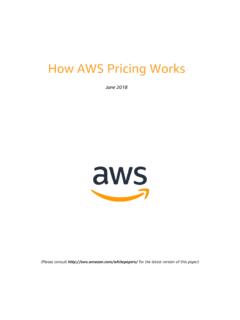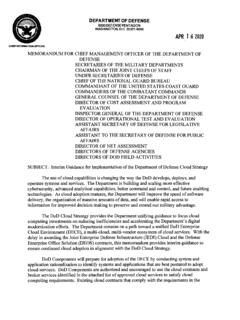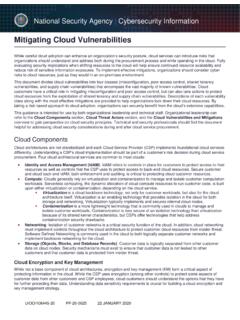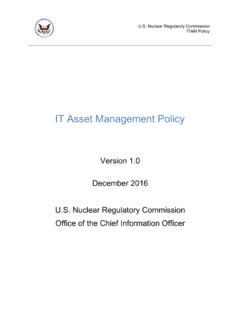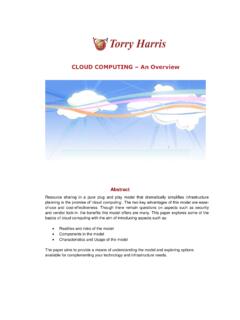Transcription of Cloud Computing Policy and Guidelines
1 Cloud Computing Policy and Guidelines Release: 1. Introduction This document sets out the College's Policy for the use of Cloud Computing services, also known as Cloud Computing , Cloud services or Cloud . Cloud Computing Defined Cloud Computing is a method of delivering Information and Communication Technology (ICT) services where the customer pays to use, rather than necessarily own, the resources. These services are typically provided by third parties using Internet technologies. The widely accepted definition of Cloud computing1 provided by the US Government's National Institute of Standards and Technology (NIST), is adopted for convenience noting that the Irish Department of Public Expenditure and Reform has also developed a similar definition 2.
2 At present there are four widely accepted service delivery models: Infrastructure as a Service (IaaS);. Software as a Service (SaaS);. Platform as a Service (PaaS);. Network as a Service (NaaS). Cloud services are provided via four deployment models: Private Cloud where services are provided by an internal provider, IS Services;. Public Cloud where services are provided by third parties, external companies or entities, over the public Internet;. Community Cloud where services are provided by external company(s) or entity(s) for a specific community of users with common interests.
3 Hybrid Cloud where services are provided partly by an internal provider in a private Cloud and partly provided by an external company(s) or entity(s) in the public or community Cloud . Cloud services can provide a significant range of benefits to individuals and organisations including increased solution choice and flexibility, faster time to solution, and reduced total cost of ownership. However, the Cloud also presents new challenges. New challenges with Cloud Computing The processes involved in procuring and evaluating Cloud services can be complex and subject to legal, ethical and Policy compliance requirements.
4 These requirements must be evaluated and met prior to signing up to and using Cloud services. This is essential to ensure that personal, sensitive and confidential business data and information owned, controlled, or processed by the College, its staff, students and its agents is adequately protected at all times. The service must be selected to ensure that the data and information is secure and that an adequate backup and recovery plan is in place to ensure that data and information can be retrieved to meet business needs.
5 For more critical systems, the service should be built with high availability, again to meet business needs. In short, any IT service holding and processing such data and information must be fit for purpose and meet business requirements. 1. 2. Page 1. The purchasing of ICT goods and services, including Cloud services, is subject to contract law and EU. procurement directives. The cumulative total contract value of a procured service from a given company over a fixed time period, generally one year, is subject to differing public procurement thresholds and approaches.
6 Multiple individuals or agents carrying out discrete procurement of the same service, while acting on behalf of the College, may inadvertently, and against College Policy , purchase contracts with a cumulative value that exceeds procurement thresholds, breaching legislation. Historically, the steps involved in procuring and evaluating ICT services have rested with a multifunctional team of trained professionals in IS Services, IT security, procurement (Finance), and law (Secretary's Office). With the consumerisation of IT, the availability of low cost or free Cloud services, such as software as a service, and the ease of Internet access, there is an increased likelihood that College staff or agents will bypass these professionals and the appropriate control procedures and put themselves and the College at risk by procuring and / or using inappropriate Cloud services.
7 2. Purpose of this Policy This Policy is a statement of the College's commitment to ensuring that all its legal, ethical and Policy compliance requirements are met in the procurement , evaluation and use of Cloud services. Who does this Policy apply to? This Policy applies to all staff and students and to all agents or organisations acting for, or on behalf of, the College in the evaluation, procurement or use of Cloud services. What data and information does this Policy apply to? This Policy applies to all personal data, sensitive personal data and confidential business data and information (to include legal documents not already in the public domain) defined as: personal data 3' means data relating to a living individual who is or can be identified either from the data or from the data in conjunction with other information that is in, or is likely to come into, the possession of the data controller.
8 Sensitive personal data 4' means personal data as to: a) the racial or ethnic origin, the political opinions or the religious or philosophical beliefs of the data subject, b) whether the data subject is a member of a trade union, c) the physical or mental health or condition or sexual life of the data subject, d) the commission or alleged commission of any offence by the data subject, or e) any proceedings for an offence committed or alleged to have been committed by the data subject, the disposal of such proceedings or the sentence of any court in such proceedings.
9 Confidential business data and information' is data and information which concerns or relates to the trade secrets, processes, operations, style of works, sales, purchases, transfers, inventories, or amount or source of any income, profits, losses, or expenditures of the College, or other organization, or other 3. As defined in Section 1(1) of the Data Protection Acts 1988 and 2003. 4. As defined in Section 1(1) of the Data Protection Acts 1988 and 2003. Page 2. information of commercial value, the disclosure of which is likely to have the effect of either impairing the College's ability to obtain such information as is necessary to perform its statutory functions, or causing substantial harm to the competitive position of the College, or other organization from which the information was obtained, unless such information is already in the public domain.
10 Such data and information will simply be referred to as confidential business data and information. Data and Information classification Personal data, sensitive personal data, and College's confidential business data and information is classified as shown in Table 1: Table 1: Trinity College Dublin Data and Information Classification Data / Information Classification Description Examples Handling Non- Public Such data is available Term dates, dates of Access to this data is not confidential for anyone to see, College closures.


